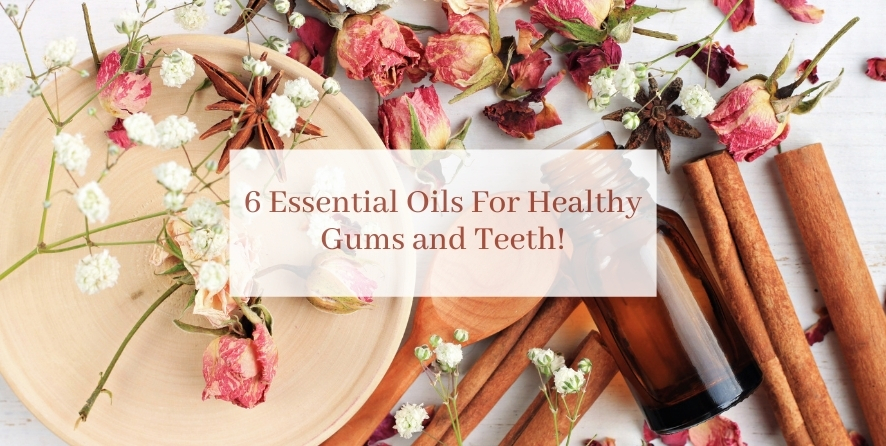Oil pulling is an ancient practice that involves swishing oil in your mouth to remove bacteria and promote oral hygiene. It is often associated with Ayurveda, the traditional medicine system from India. Studies suggest that oil pulling can kill bacteria in the mouth and improve dental health. While it’s not entirely clear how oil pulling works, it’s claimed to “pull” bacteria from the mouth. It may also help by moisturizing your gums and increasing saliva production, which can reduce bacteria . Some types of oil also contain properties that can naturally reduce inflammation and bacteria to promote oral health.
Here are some of the benefits of oil pulling:
1. Can Kill Harmful Bacteria in Your Mouth: There are approximately 700 types of bacteria that can live in your mouth, and up to 350 of them may be found in your mouth at any given time. Certain types of harmful bacteria can contribute to problems like tooth decay, bad breath and gum disease. Several studies have shown that oil pulling could help reduce the number of harmful bacteria in the mouth. Decreasing the number of bacteria in the mouth can help support proper oral hygiene and prevent some conditions.
2. Could Help Reduce Bad Breath: Halitosis, also known as bad breath, is a condition that affects an estimated 50% of the population. There are many potential causes of bad breath. Some of the most common include infection, gum disease, poor oral hygiene and tongue coating, which is when bacteria become trapped on the tongue. Treatment typically includes the removal of the bacteria, either through brushing or by using an antiseptic mouthwash like chlorhexidine. Interestingly, one study found that oil pulling was as effective as chlorhexidine at reducing bad breath. Though more research is needed, oil pulling may be used as a natural alternative to reduce bad breath and could be as effective as traditional treatments.
3. May Help Prevent Cavities: Poor oral hygiene, eating too much sugar and a buildup of bacteria can all cause tooth decay, which leads to the formation of holes in the teeth known as cavities. Plaque can also cause cavities. Plaque forms a coating on teeth and is comprised of bacteria, saliva and food particles. The bacteria begin to break down the food particles, forming an acid that destroys tooth enamel and causes tooth decay. Some research has found that oil pulling may decrease the number of harmful bacteria found in saliva and plaque as effectively as a mouthwash. Decreasing these strains of bacteria through oil pulling could help prevent tooth decay and reduce the risk of cavity formation.
4. Seems to Reduce Inflammation and Improve Gum Health: Gingivitis is a type of gum disease marked by red, swollen gums that bleed easily. The bacteria found in plaque are a major cause of gingivitis, as they can cause bleeding and inflammation in the gums. Fortunately, oil pulling may be an effective remedy to improve gum health and reduce inflammation. It works primarily by decreasing the harmful bacteria and plaque in the mouth that contribute to gum disease, such as Streptococcus mutans. Using certain oils with anti-inflammatory properties like coconut oil may also aid by reducing the inflammation associated with gum disease. While more evidence is needed, these findings suggest that oil pulling may be an effective supplementary treatment to prevent plaque formation and promote healthy gums.
It is Cheap and Easy to Add to Your Routine: Two of the biggest benefits to oil pulling are how simple it is to do and how easily it can be incorporated into your daily regimen. Additionally, it requires just one ingredient that can be found right in your kitchen, so there’s no need to buy anything. Traditionally, sesame oil has been used for oil pulling, but other types of oil can be used as well. For example, coconut oil possesses strong anti-inflammatory and antibacterial properties that can be especially useful for oil pulling. Olive oil is another popular choice thanks to its ability to fight inflammation. To get started, set aside just 20 minutes each day for oil pulling while improving your oral hygiene.
How to Do Oil Pulling in 4 Simple Steps:
Oil pulling is easy to do and involves just a few simple steps:
- Measure one tablespoon of oil, such as coconut, sesame or olive oil.
- Swish it around in your mouth for 15–20 minutes, being careful not to swallow any.
- Spit the oil into a trash can once you’re done. Avoid spitting it into the sink or toilet, as this can cause a buildup of oil, which may lead to clogging.
- Rinse your mouth well using water before eating or drinking anything.
Repeat these steps a few times per week or up to three times daily. You may also want to work your way up, starting with swishing for just 5 minutes and increasing the duration until you’re able to do it for a full 15–20 minutes (Kids: 10 min). For best results, most recommend doing this first thing in the morning on an empty stomach, although you can adapt based on your personal preferences.



